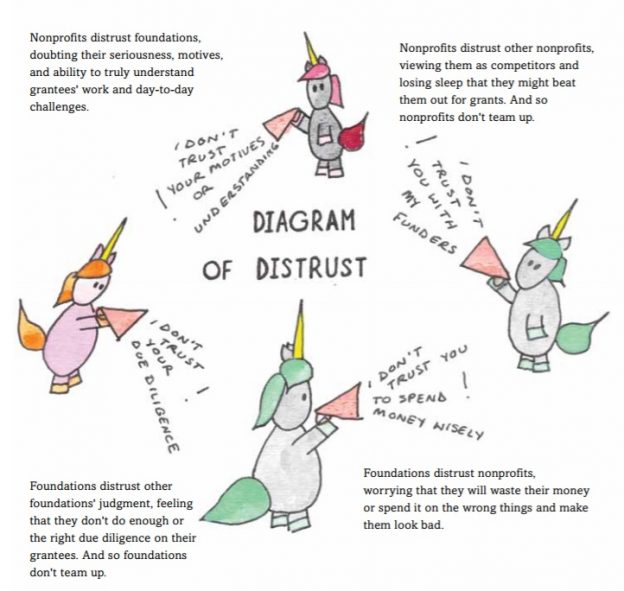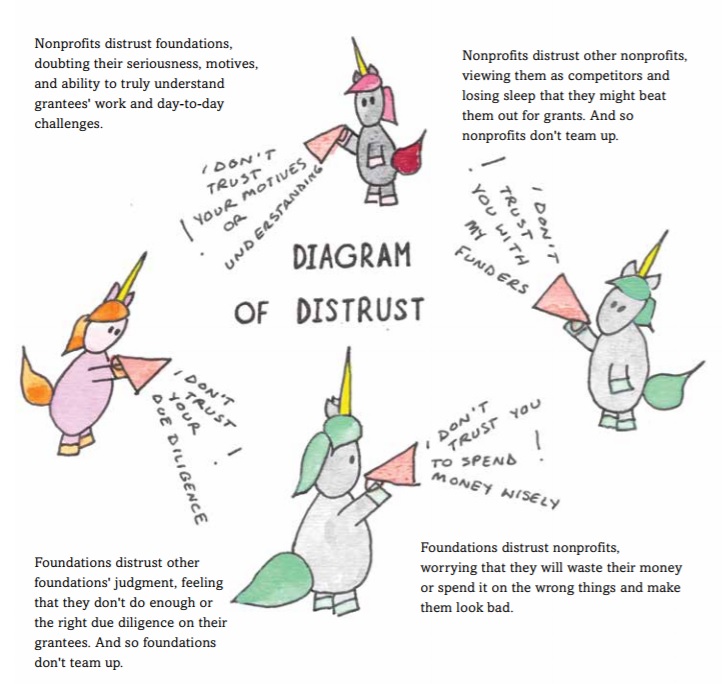
Hi everyone. Today’s post will be long and serious. But before we get into it, here are ways you can help victims of Hurricane Dorian. Also, my org RVC is growing and hiring a Capacity Building Lead. It’s an amazing position that combines capacity building and equity. Don’t take my word for it, here is a quick video from the team.
Our sector talks a lot about grants. Out of 380 posts on this blog, the most popular post of all time is “Answers on grant proposals if nonprofits were brutally honest with funders.” On GrantAdvisor (a Yelp-like website where you can provide anonymous review of foundations) the top complaints are about grant processes. I came up with the FLAIL Scale a while ago, a 61-point checklist for funders to measure how aggravating their grants are, followed up with the GRAVE Gauge, to determine the level of annoyingness of grantseekers. There are endless articles and workshops on how to increase your chances to get grants. And many foundations, to their credit, have been working to streamline their grant applications.
But maybe we are not having the right conversations. Maybe the question is not “how do we improve grant applications” but rather “are grant applications the best way for funders to determine who should be funded? Have they ever been? Is this tool broken or even harmful, and if so, can we afford to keep using it?”
Continue reading “Foundations, it’s time to stop using grant applications to distribute funding”





